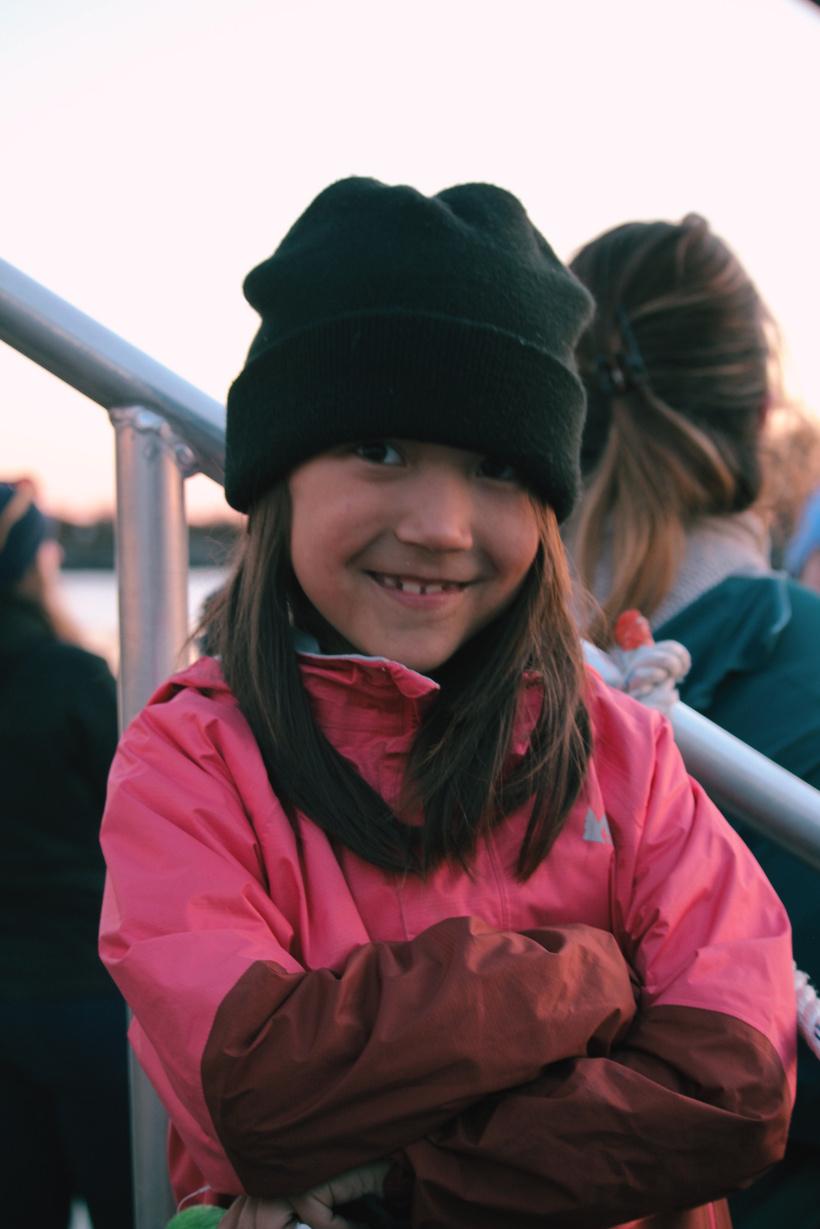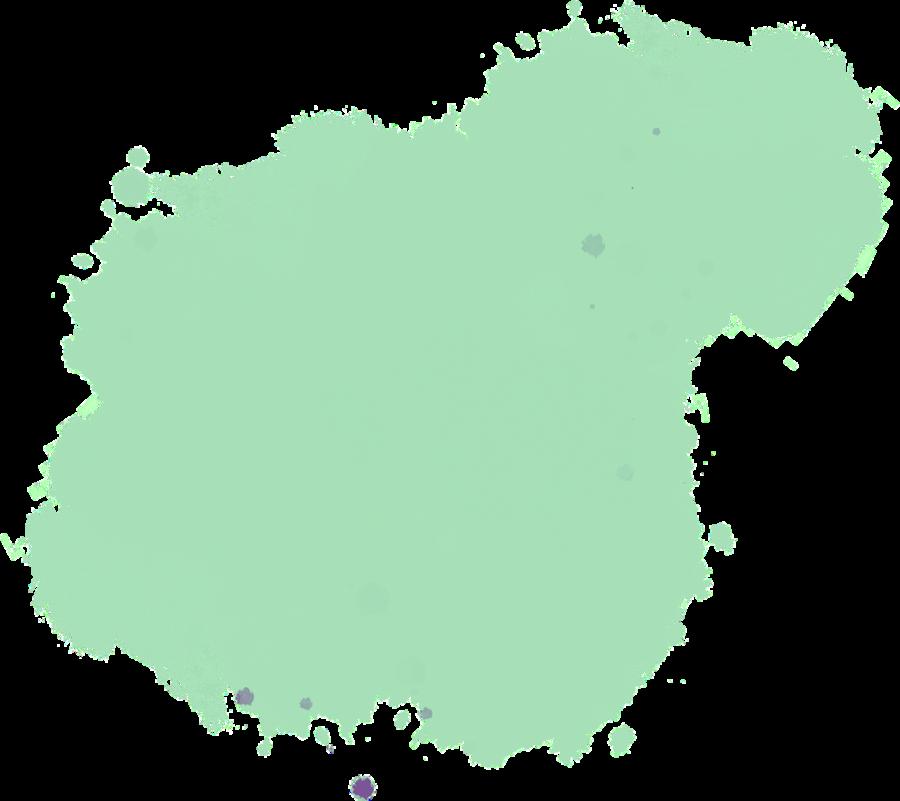
3 minute read
Education
As Native Peoples we are born with original instructions on how to caretake our land embedded in language, stories, and songs.

Advertisement
Enei Begaye, 2020 Just Transition Summit
EDUCATION SYSTEMS CENTERED IN INDIGENOUS VALUES AND GENERATIONAL KNOWLEDGE ARE CRUCIAL FOR A JUST TRANSITION.
@JUSTTRANSITION_AK
Historically, formal education in Alaska has been used as a weapon against Indigenous peoples. In a Just Transition, our schools will revitalize Indigenous languages, uplift Indigenous culture, employ community members as teachers, and empower students.
According to the Alaska Native Language Preservation and Advisory Council, “Language nests (for young children) and language immersion schools are the most powerful institutional means of teaching a language.”
LANGUAGE IMMERSION SCHOOLS AND NESTS
Nome: A K-1 Inupiaq immersion program. Fairbanks: Tanan Ch’at’oh, the Gwich'in Language Nest. Anchorage: Cook Inlet Native Head Start's Start's Yup'ik Immersion preschool, and the College Gate Elementary Central Yup’ik immersion program. Mekoryuk: Nuniwarmiut School, a K-4 Cup’ig partial immersion program. Bethel: The Ayaprun Elitnaurvik Yup’ik Immersion School. Juneau: The Tlingit Culture Language & Literacy program at Harborview Elementary School.
Chickaloon: Ya Ne Dah Ah school.
CULTURAL REVITALIZATION AND WELL-BEING
Public schools in Alaska have typically presented Western knowledge as superior to native ways of knowing and have prioritized Western knowledge in the curriculum. In a Just Transition, schools put local cultural knowledge at the forefront.
For example, the Ya Ne Dah Ah School teaches Ahtna (a Dené-Athabascan language) and culture parallel with established western academic standards, and Anchorage’s Alaska Native Charter School offers a cultural continuum taught to all students at each grade level, as well as Yup’ik language instruction. These schools point the way toward an education system that uplifts local knowledge.
Other communities are making changes one lesson at a time. Raising Educational Achievement through Cultural Heritage, a collaboration between UAF and the Bering Strait School District, produced curriculum that makes local knowledge an equal partner of scientific knowledge. Students study the local effects of climate change by both interviewing local experts and engaging with science. The Qaqamiiĝux Head Start
Traditional Foods Preschool Curriculum
teaches youngsters in the Aleutians about subsistence foods and nutrition. In units like Marine Mammals, children learn Unangax words, nutrition, and recipes for traditional foods.
INTIATIVES TO SUPPORT INDIGENOUS TEACHERS
In rural Alaska, the vast majority of teachers are not from the community. This means that well-paying teaching jobs go to outsiders, and people who may have little understanding of local needs and culture educate the community. Indigenous people from rural Alaska face many barriers to becoming teachers, including the expense of college and unreliable and expensive internet at home. Licensing requirements force potential teachers to choose between moving away for college versus staying home to honor cultural values like family and subsistence.
House Bill 19 would provide a route for speakers of Indigenous languages to become certified as language immersion teachers. This would allow language speakers to access the higher pay accorded to certified teachers, increase opportunities for students to learn their own language in school, and remove some of the barriers to licensure.
The Bering Strait School District SILKAT Sabbatical program uses a different strategy. The sabbatical program pays a cohort of paraprofessionals to become certified teachers. During the sabbatical, paraprofessionals are paid a salary, have their course expenses covered, and have access to school internet and other resources.
Grassroots initiatives like Iḷisaqativut have also supported adult learners to learn Inupiaq, and are providing a pathway for interested Inupiaq students to become student-teachers of their languages. Some Tribes and Alaska Native non-profits like Sealaska Heritage have established mentor-apprenticeship programs, and there are dozens of smaller language circles where community members can gather to learn and speak their languages–from languages circles of Sm’algyax to the Wales dialect of Inupiaq.










